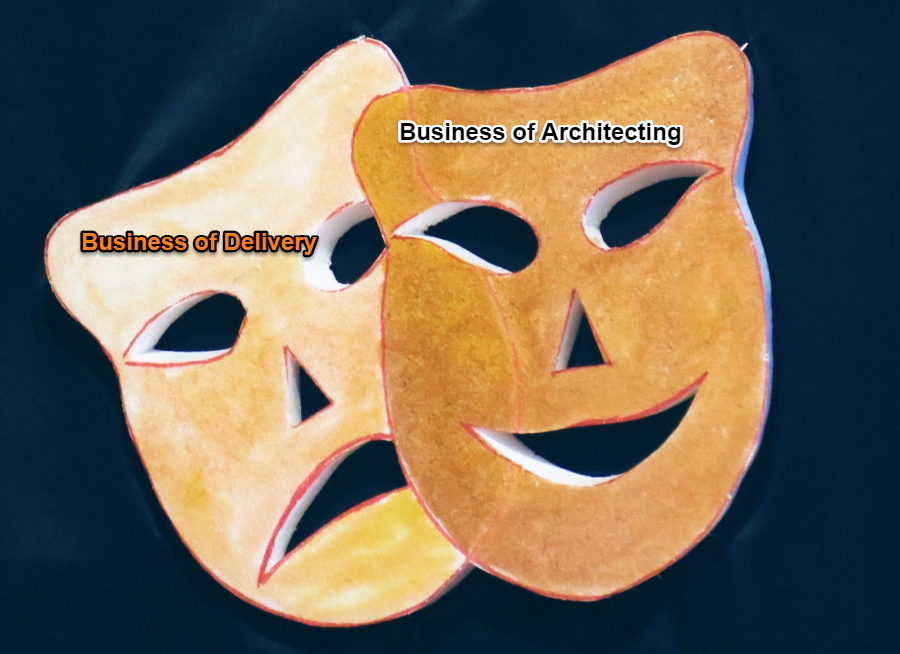
Here is an interesting news article about how Airbnb solved their problem by redefining their scope.They were stuck as they were looking at how to scale things first before solving other issues. You never know where your potential solution can come from unless you have looked at the problem from all its dimensions.
Thinking outside of the box is a key skill for an architect . It involves being exposed to new ways to think about existing issues. Most often people are so neck deep into finding solutions to problems that they forget to explore other options of how to make things better for people , customers. Most often the architects are disconnected from end user realities and design solutions considering only the technical landscape. This creates a one pointed view of looking at and arriving solutions. Most often the best solutions to customer facing solutions come from the coffee boy , the security guard or the customer who is using the system on a day in day out basis. Have we cared to check what are all the possible solutions which can enhance customer experience before going ahead with the solutions that are merely technology oriented and miss the business outcome or even the end user experience. Design thinking is a skill for an architect or a solution designer and is a skill that has many people looking forward to which is about getting a problem all out captured in all its dimensions and looking also for problems from all quarters. It does not designate anyone with a Chief of Innovation mantle to innovate on the problem , everyone is a potential out of box thinker. Every input when processed through the design funnel could solve a teething problem with a solution that everyone in WOW !!.
Here is leaving you with a design thinking approach to solve a product rollout issue using principles of design thinking




